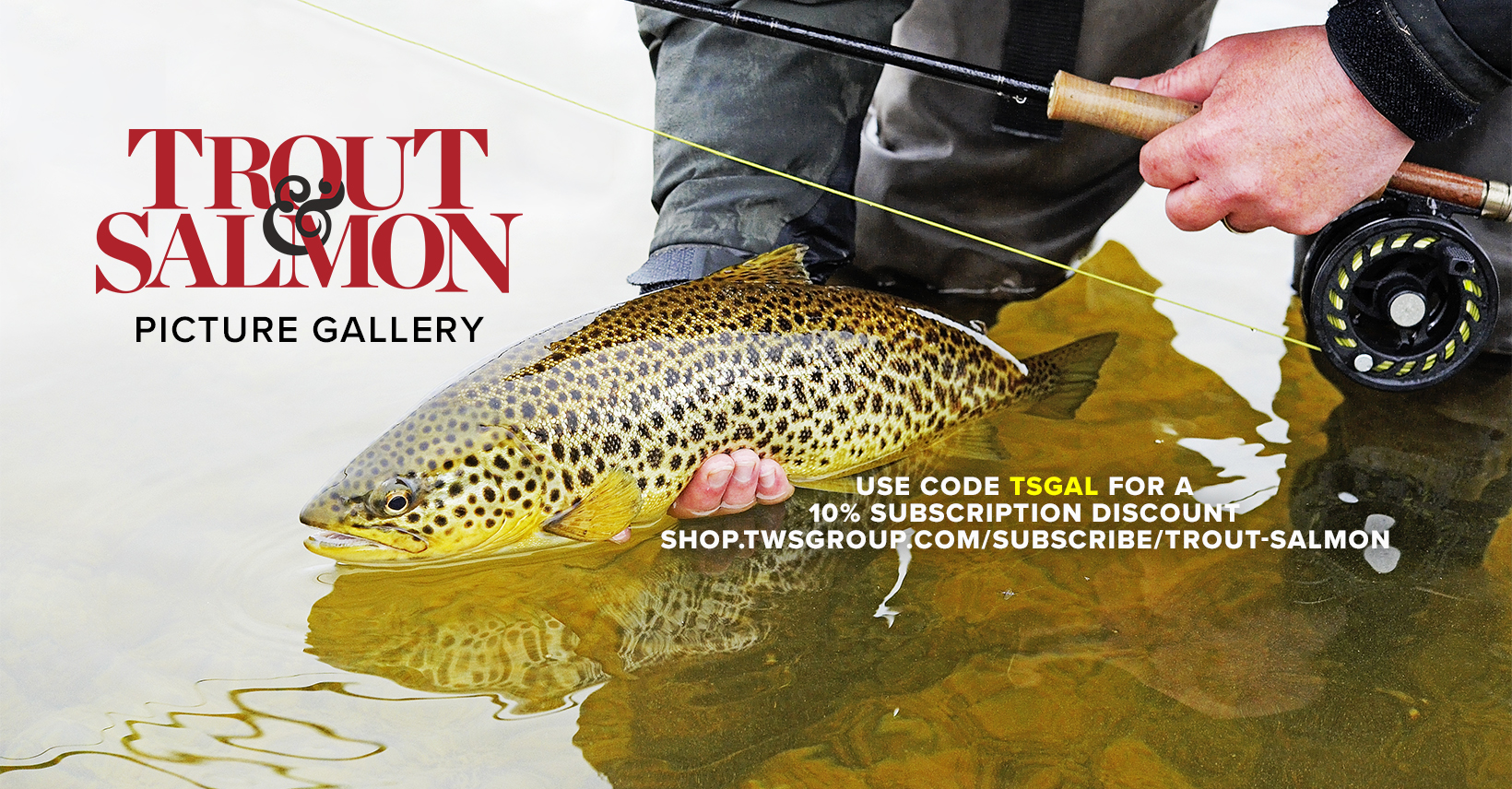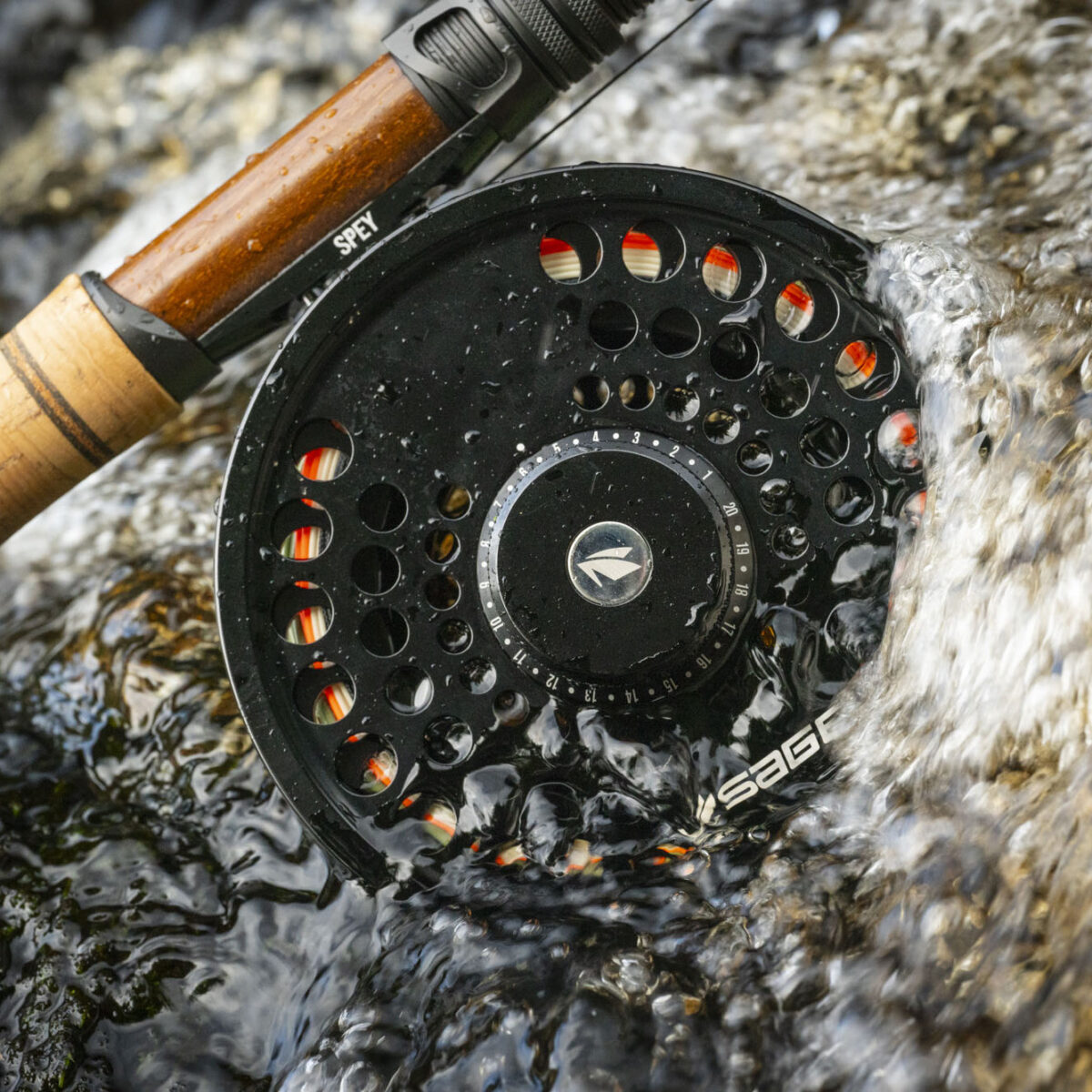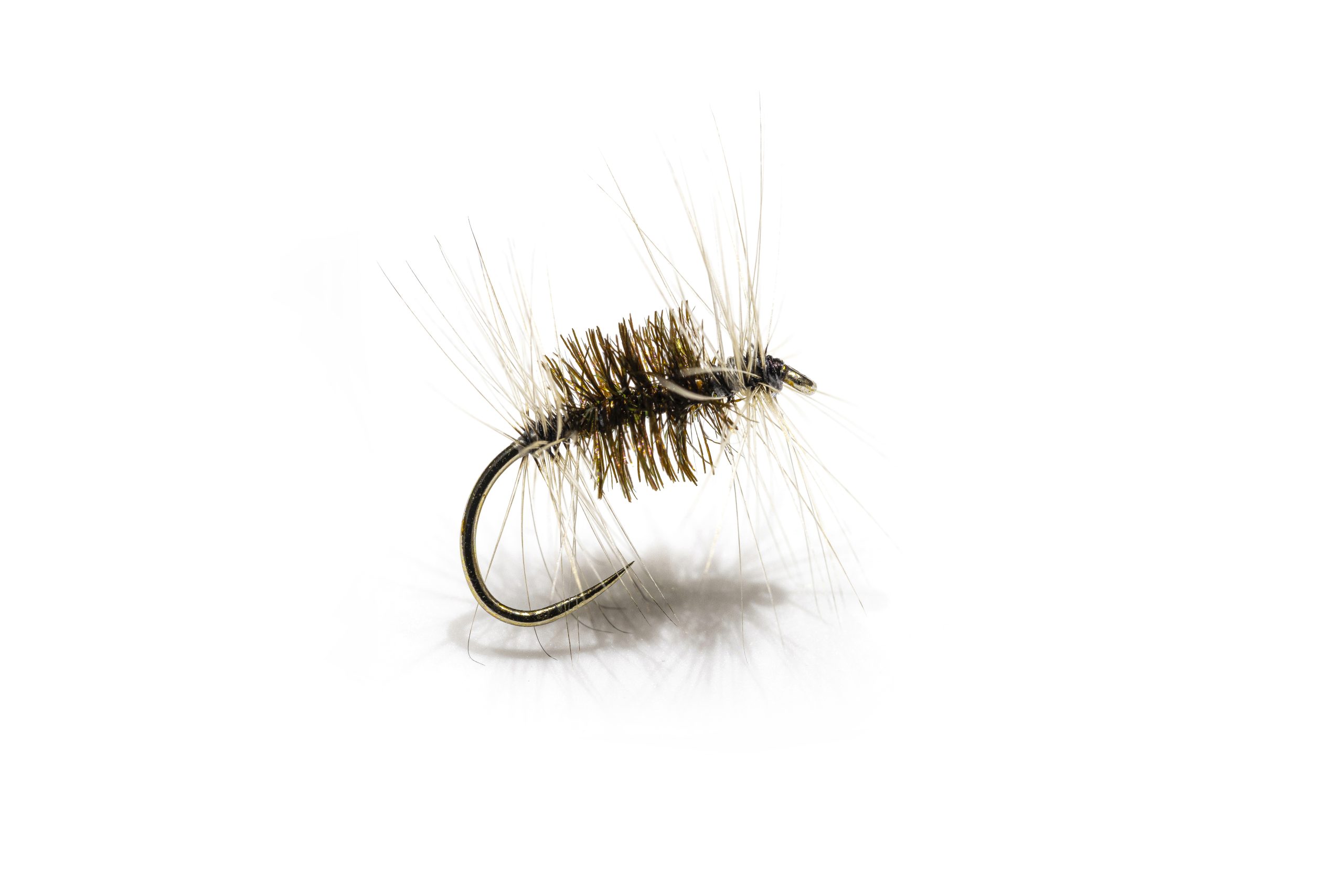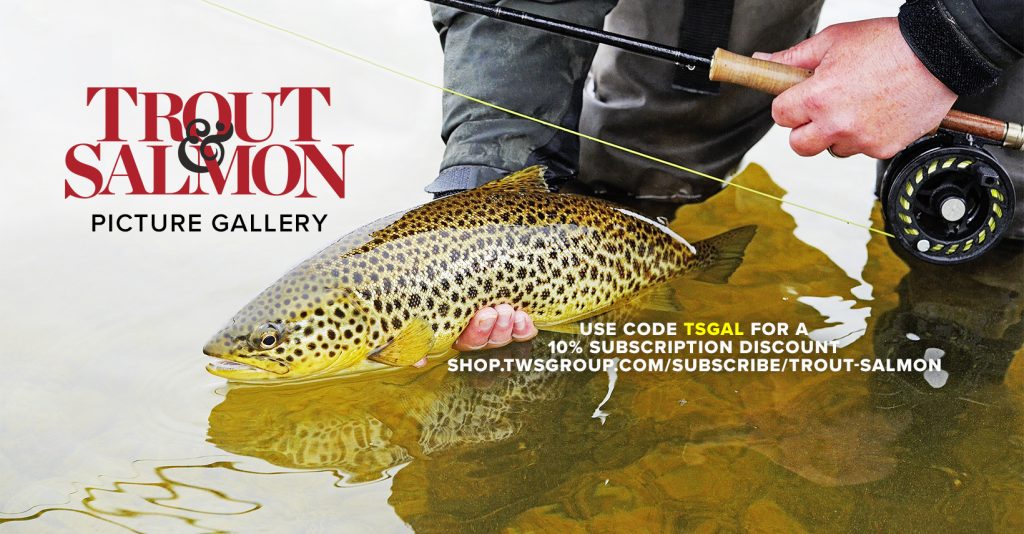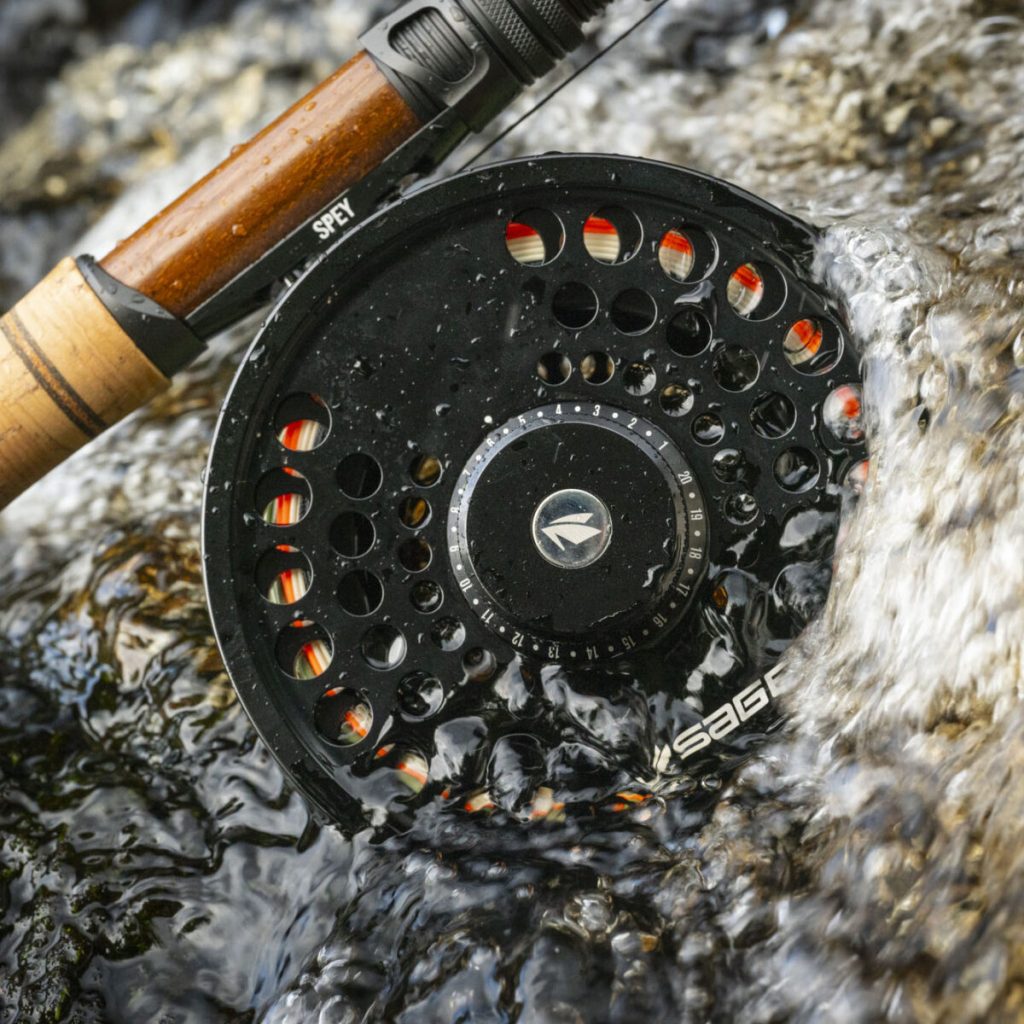Fly tying
News
HOW TO TIE THE HOLO BACK BUG
Would you like to appear on our site? We offer sponsored articles and advertising to put you in front of our readers. Find out more.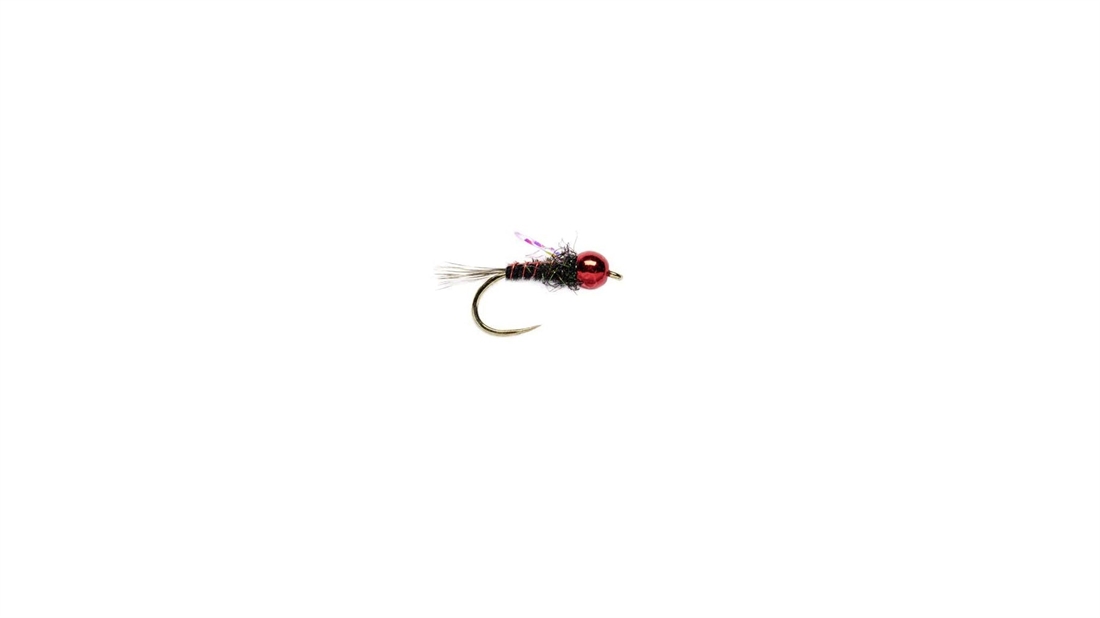
The Holo-back Bug provides a profile for a range of effective weighted patterns for rivers and lakes. In this red version the head comprises a red bead with a metallic finish while the back, the “holo” bit, is formed from a length of red holographic tinsel. Of course, these colours may be used to create a range of effective patterns, pink and red being two obvious additions.
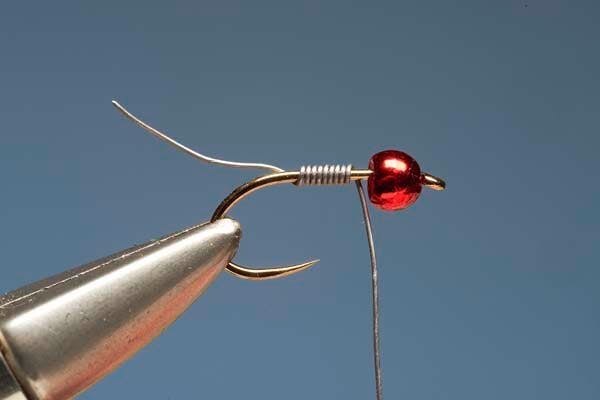
- Slip bead over hook-point then slide along the shank up to the eye. Fix hook in vice then apply close turns of fine lead wire.
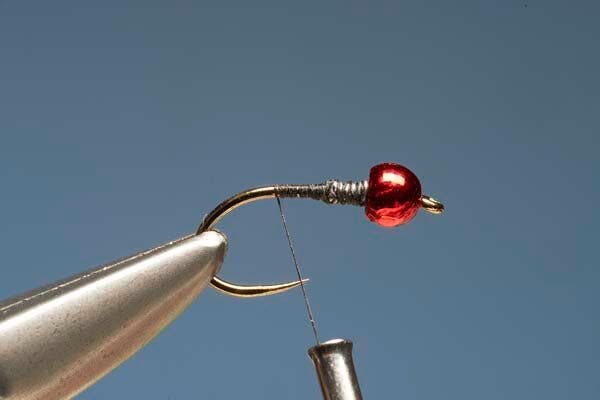
- Having added turns of lead wire push them firmly into the recess at the back of the bead then fix them in place with tying thread.
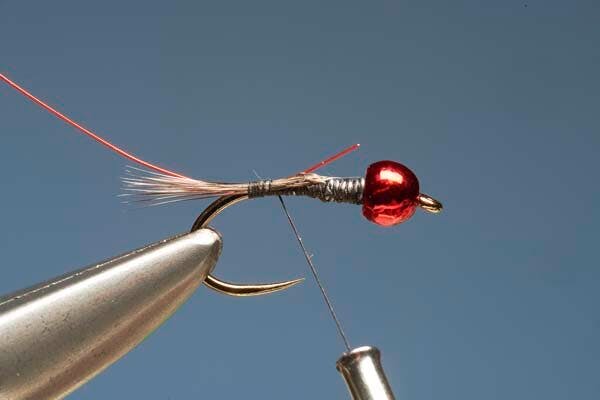
- Wind thread over wire then carry it on down to bend. Catch in a few grizzle cock hackle fibres plus a length of fine red wire.
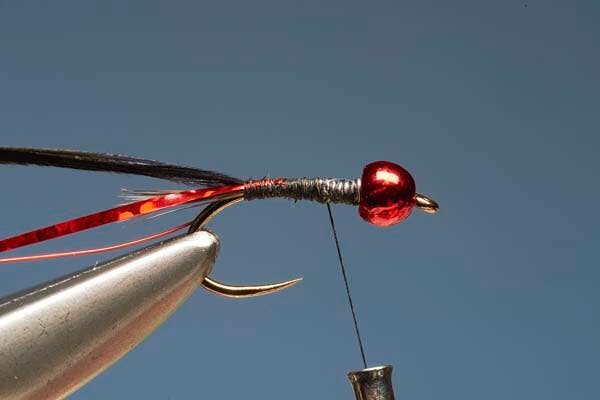
- At same point catch in length of red holo tinsel plus a few fibres of black pheasant tail. Secure waste ends with close thread turns.
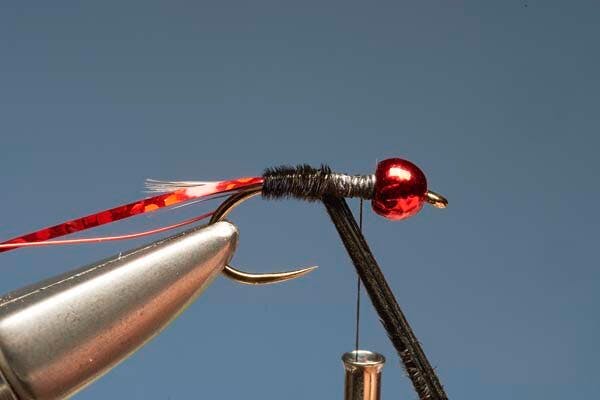
- Wind thread up to bead then take hold of the pheasant tail fibres and wind them, without twisting, so they form a slim tapered body.
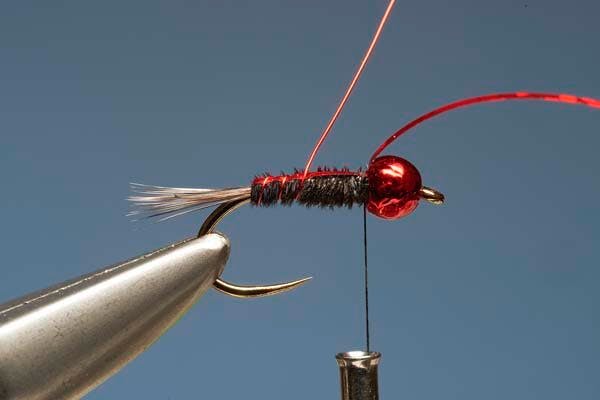
- Secure then remove the ends of the pheasant tail then pull holographic tinsel over top of body. Apply turns of wire to secure tinsel.
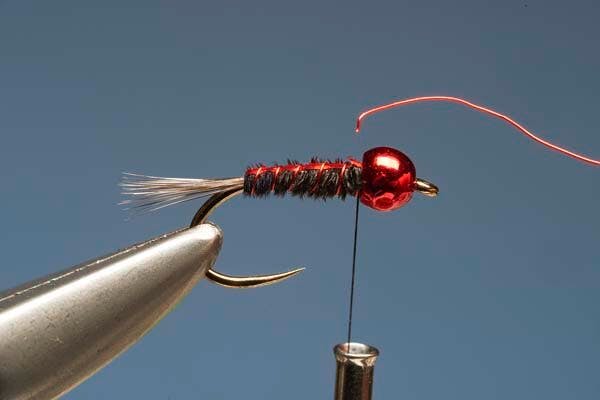
- After four or five evenly-spaced turns of wire and secure loose end with thread. Trim off excess tinsel. Wiggle wire until it breaks.
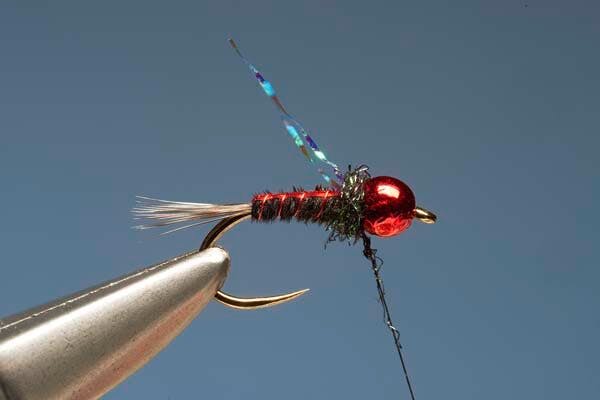
- Catch in short length of Krystal Flash to form a sort of hackle. Dub on a pinch of sparkling black dubbing for the thorax.
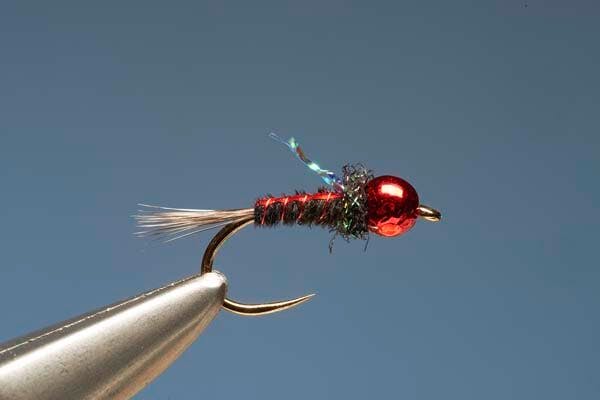
- At the back of the bead, cast off thread with a whip finish then trim ends of Krystal Flash so strands are same length.
Related articles
News
Tackle
Sage Spey II reel
In sizes for trout and salmon and with looks to match its performance, Sage’s new fly reel is the perfect match for spey casts.
By Time Well Spent
Manage Consent
To provide the best experiences, we use technologies like cookies to store and/or access device information. Consenting to these technologies will allow us to process data such as browsing behavior or unique IDs on this site. Not consenting or withdrawing consent, may adversely affect certain features and functions.
Functional Always active
The technical storage or access is strictly necessary for the legitimate purpose of enabling the use of a specific service explicitly requested by the subscriber or user, or for the sole purpose of carrying out the transmission of a communication over an electronic communications network.
Preferences
The technical storage or access is necessary for the legitimate purpose of storing preferences that are not requested by the subscriber or user.
Statistics
The technical storage or access that is used exclusively for statistical purposes.
The technical storage or access that is used exclusively for anonymous statistical purposes. Without a subpoena, voluntary compliance on the part of your Internet Service Provider, or additional records from a third party, information stored or retrieved for this purpose alone cannot usually be used to identify you.
Marketing
The technical storage or access is required to create user profiles to send advertising, or to track the user on a website or across several websites for similar marketing purposes.

